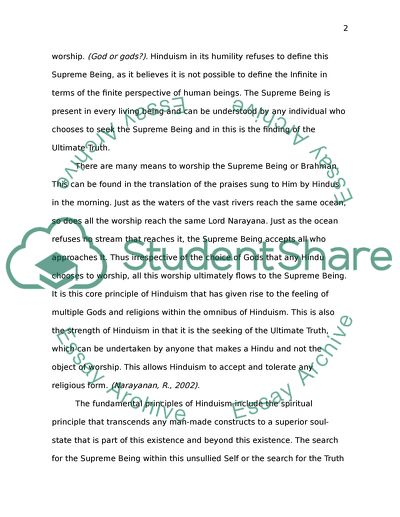Cite this document
(“Hinduism And The Caste System Essay Example | Topics and Well Written Essays - 1750 words”, n.d.)
Hinduism And The Caste System Essay Example | Topics and Well Written Essays - 1750 words. Retrieved from https://studentshare.org/religion-and-theology/1537542-hinduism-and-the-caste-system
Hinduism And The Caste System Essay Example | Topics and Well Written Essays - 1750 words. Retrieved from https://studentshare.org/religion-and-theology/1537542-hinduism-and-the-caste-system
(Hinduism And The Caste System Essay Example | Topics and Well Written Essays - 1750 Words)
Hinduism And The Caste System Essay Example | Topics and Well Written Essays - 1750 Words. https://studentshare.org/religion-and-theology/1537542-hinduism-and-the-caste-system.
Hinduism And The Caste System Essay Example | Topics and Well Written Essays - 1750 Words. https://studentshare.org/religion-and-theology/1537542-hinduism-and-the-caste-system.
“Hinduism And The Caste System Essay Example | Topics and Well Written Essays - 1750 Words”, n.d. https://studentshare.org/religion-and-theology/1537542-hinduism-and-the-caste-system.


